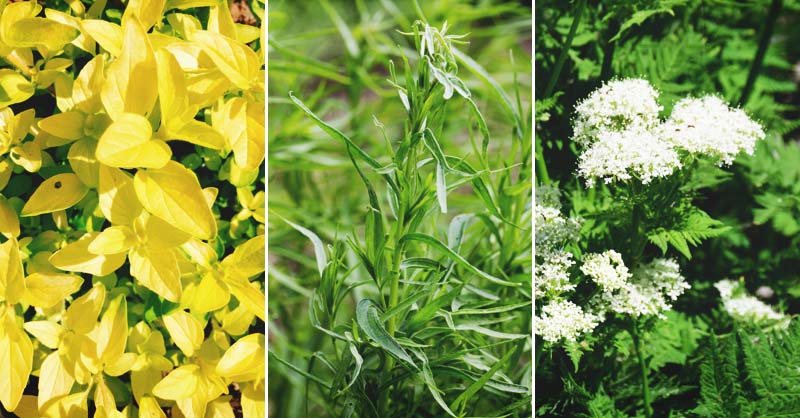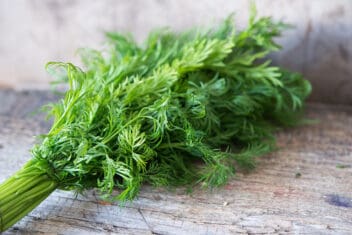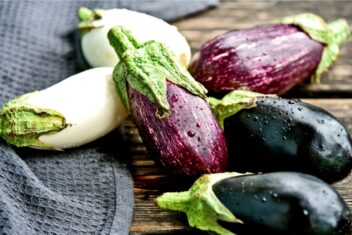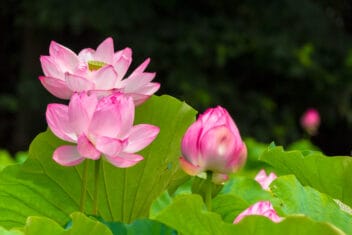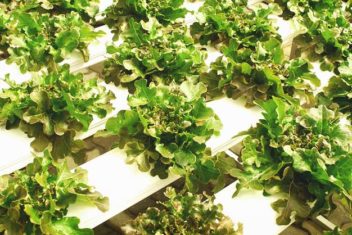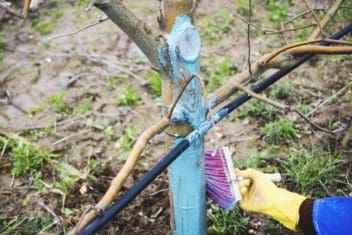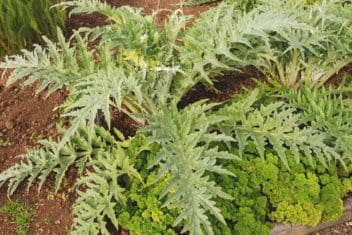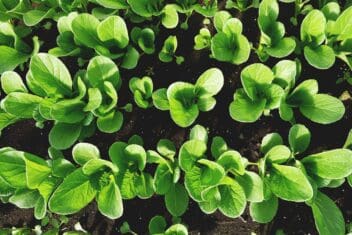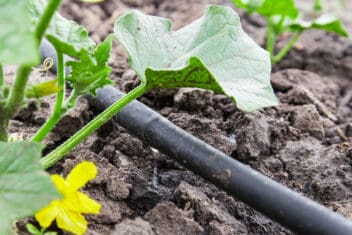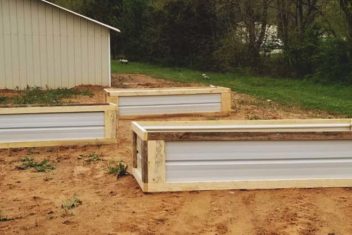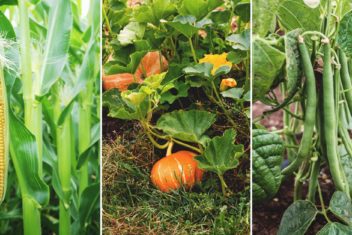We don’t always have ideal growing conditions for our plants. Sometimes, we have to make do with a shady patch in the corner of the yard. If that’s the case for you, it’s time to get familiar with herbs that grow in the shade.
Certain herbs will thrive even when they aren’t getting hours of sun, so they’re perfect for an area that is a bit shadier. Not only does it help you take use areas that have less than ideal growing conditions but there are advantages to growing in the shade, as well.
When I first started out as a gardener, I was growing vegetables in a shady location in my yard. The experience was invaluable. I learned that while plants in full sun grew quickly and seedlings never appeared leggy, the sun brought with it a variety of challenges.
In the shade, plants grew slower, but I never had to deal with leaf burn. I watered less frequently, and I never had to use shade cloth to grow lettuce and other greens. I also never had issues with transplanting, and I often didn’t even bother hardening anything off.
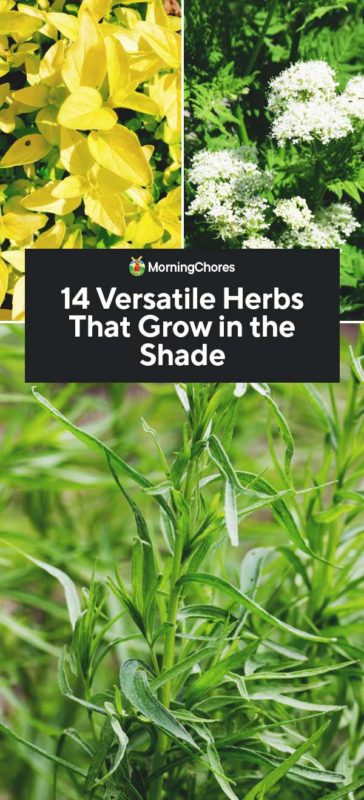
Defining “Shade”
While certain plants are shade tolerant, few things can handle full shade conditions, where it’s mostly dark all of the time. When I refer to shade in this article, I’m talking about partial shade. There are varying degrees of partial shade, but it typically means that plants are exposed to fewer than 6 hours of full sunlight a day. Full sunlight means that plants are in the direct path of the sun’s rays. Often, plants are perfectly happy to survive in dappled sunlight where a tree or other obstacle partially blocks out the sun.
Many herbs are content and even capable of thriving in less than 6 hours of full sunlight. Often, a bit of shade is preferred, especially in the middle of the summer, when the heat is unforgiving and likely to cause plants to bolt. Here are a few herbs to consider planting in that shady spot in your garden.
14 Herbs that Grow in Shade
1. Mint
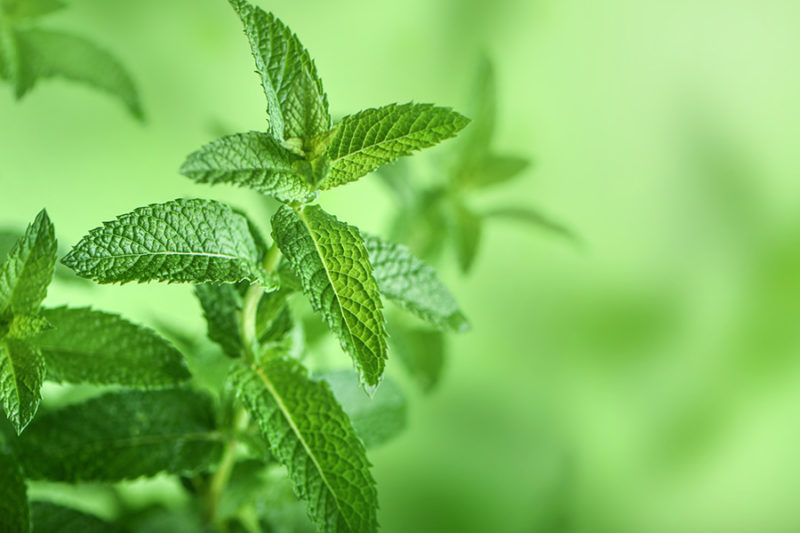
One of my favorite herbs that grow in shade, mint is a fast-growing perennial that’s best relegated to containers because of its aggressive growth habit. Use it in everything from desserts to pho.
- Zone: 3 to 11, but may depend on the variety of mint in question. Pineapple mint, for example, is not as hardy as other types of mint.
- Sunlight requirements: Grows best in partial shade, but can handle full shade.
- Tip: Don’t forget to water your mint plant, especially if it’s in a sunny spot or it’s especially hot outside.
2. Parsley
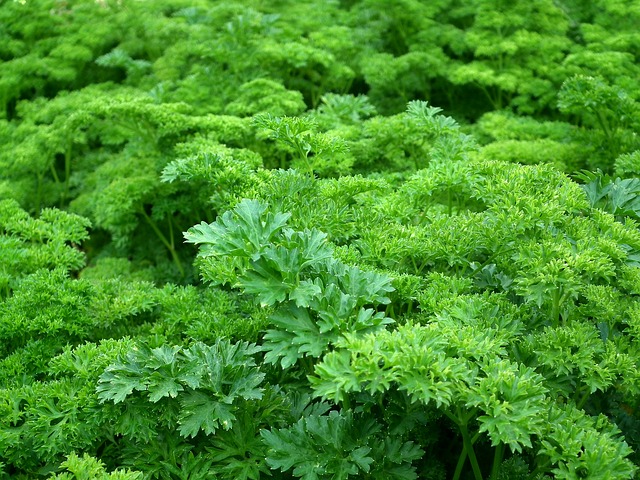
I’ve started growing parsley to keep swallowtail butterfly caterpillars away from my carrots. Because I use parsley in minimal amounts in the kitchen, I’m happy to let the caterpillars munch away. Because parsley prefers cooler weather, I often stick it in a shady spot during the summer months.
- Zone: 4 to 9 (parsley is a biennial)
- Sunlight requirements: Grows well in the sun or partial shade.
- Tip: Plant parsley in a container with well-drained soil and bring it inside when it gets too cold so you can enjoy this garnish all winter-long.
3. Chives
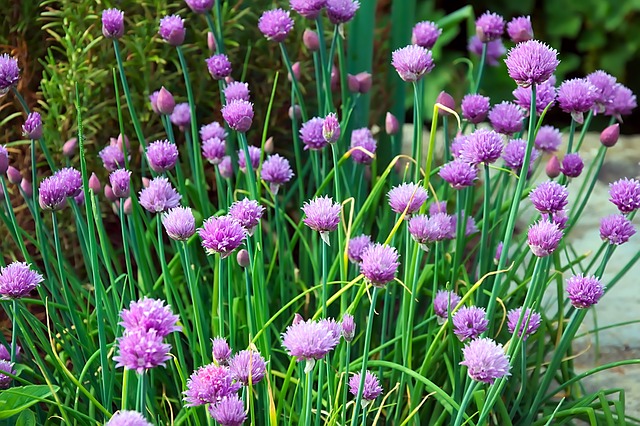
I have a patch of chives in my garden that returns every year without fail. Every gardener should have chives in their garden. They’re easy to grow, require little maintenance, and they provide such exquisite flavor when used in a variety of dishes. Clipped into tiny green shards, this herb offers a fantastic burst of onion flavor anywhere its incorporated.
- Zone: 3+
- Sunlight requirements: Thrives in full sun, but tolerates varying degrees of shade. My chives grow in an area that receives dappled sunlight throughout most of the day.
- Tip: You can eat the flowers of this herb in addition to its stalks.
4. Thyme
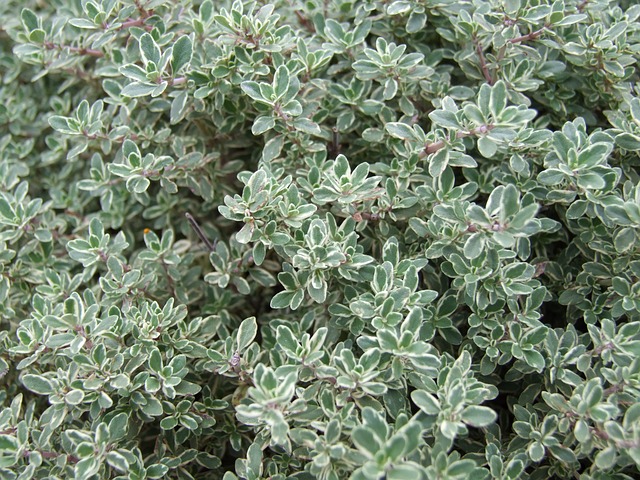
This is an herb you should grow if you’re a fan of roasted chicken and fragrant stews. Thyme pairs well with poultry and tastes great when added to soups and sauces.
- Zone: 5 to 9
- Sunlight requirements: Thyme grows slower in the shade, but I can tell you from experience that it will grow perfectly fine in partial shade. Thyme does, however, prefer hot weather.
- Tip: Plant thyme to help attract bees and other pollinators to your garden.
5. Lemon Balm
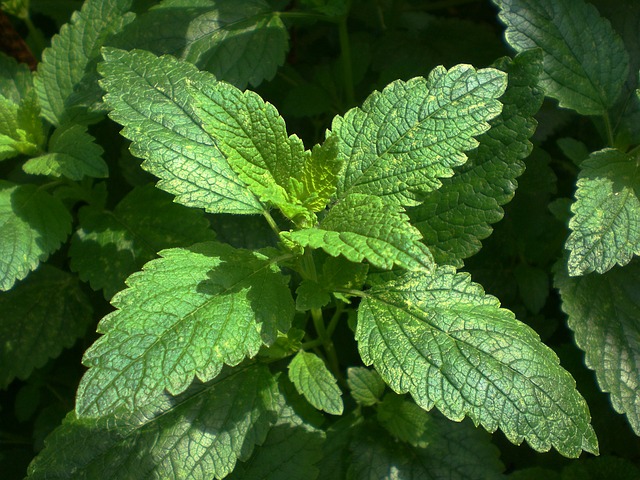
A cousin of mint, this herb is the perfect addition to a shady tea garden. The fragrant plant spreads easily, so keep it to a container to prevent it from overtaking your garden.
- Zone: 4 to 9
- Sunlight requirements: Tolerates partial shade, especially if you’re located in an area with dry weather.
- Tip: Water frequently to keep your lemon balm plant happy. Avoid allowing the soil to dry out.
6. Chervil
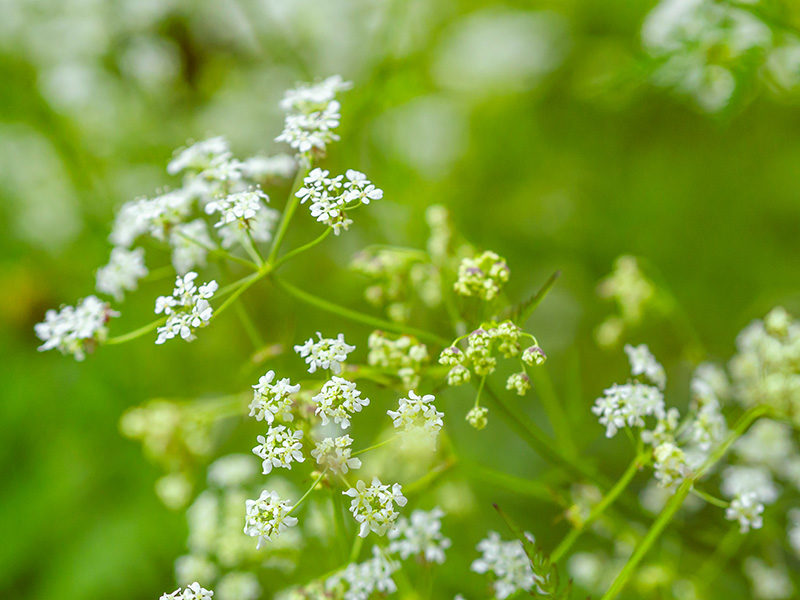
An herb often used in French cooking, chervil is sometimes included in gourmet mesclun blends. The lesser-known herb has an appearance similar to parsley but tastes different. Its mild flavor profile delivers slight hints of anise and tarragon.
- Zone: Annual
- Sunlight requirements: Grows best in partial shade. Avoid planting in a location that gets full sun.
- Tip: Always use chervil in its raw form. Add it as a garnish to preserve its flavor.
7. Sorrel
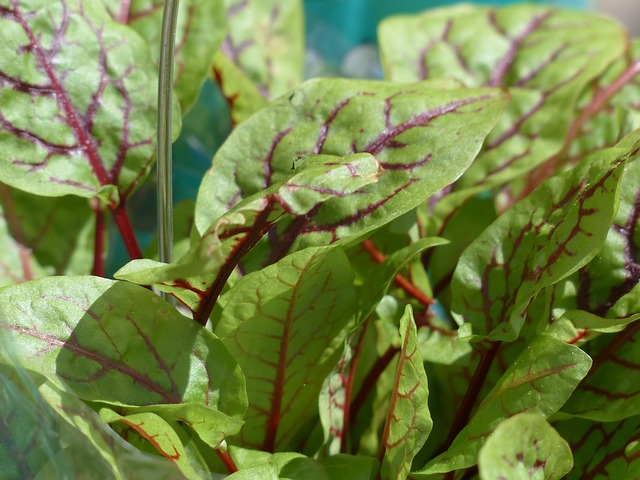
Sorrel is an incredibly easy-to-grow perennial herb that offers an impressive appearance in the garden. The tall plant’s leaves can be added to soups and salads in place of lemon or other acidic ingredients.
- Zone: 5+
- Sunlight requirements: Full sun and partial shade. Avoid planting in fully shaded areas.
- Tip: Choose a red-veined variety for added visual interest and appeal in the garden.
8. Chamomile
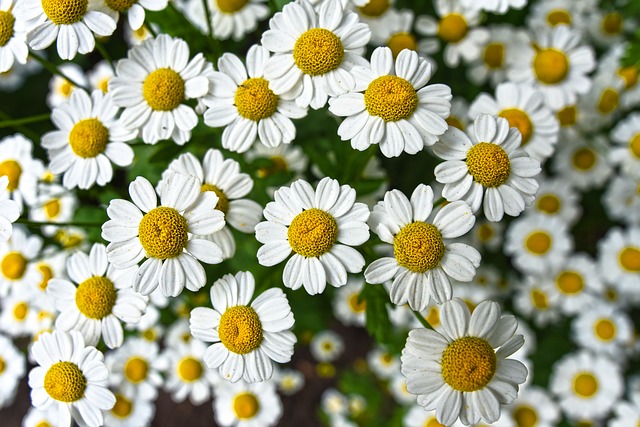
Another herb to grow if you’re a fan of tea. This medicinal plant has exceptional anti-inflammatory properties and is often used as an ingredient in calming tea blends.
- Zone: 3 to 9
- Sunlight requirements: Thrives in partial shade but tolerates full sun.
- Tip: Buying a chamomile plant or seed packet? Verify if the variety you’ve chosen is an annual or perennial.
9. Tarragon
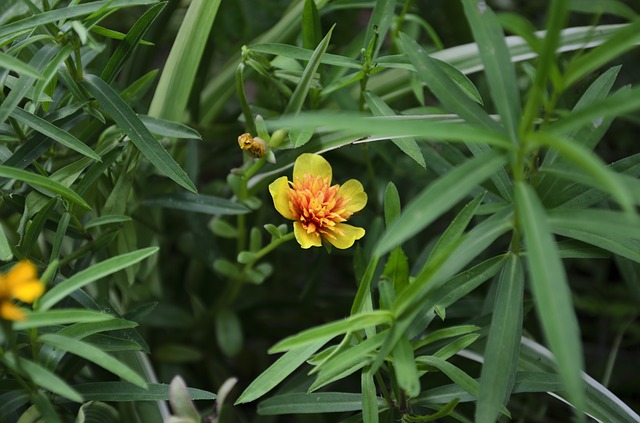
Similar in flavor to chervil but with a much stronger taste and aroma. In colder climates, protection is required to ensure the plants survive over the winter.
- Zone: 4+
- Sunlight requirements: Prefers full sun, but you can definitely grow tarragon in a partially shaded garden. The flavor may differ depending on the amount of sun exposure received.
- Tip: There are a few different tarragon varieties. If you’re planting a kitchen herb garden, choose French tarragon.
10. Golden Oregano
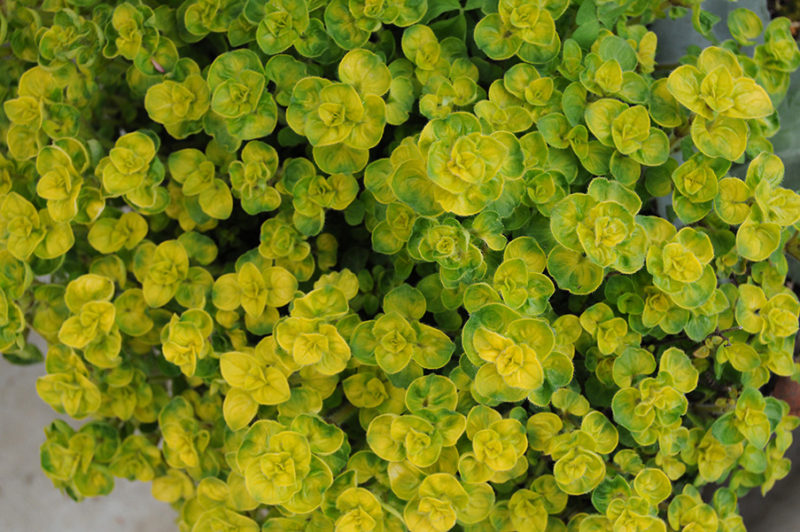
A yellow-hued oregano variety that smells and looks terrific in the garden. The shrub-like growth habit makes this variety is a perfect container garden herb that grows in shade.
- Zone: 4 to 9
- Sunlight requirements: This oregano variety prefers full sun but is capable of tolerating partial shade.
- Tip: Plant anywhere in your garden, since golden oregano isn’t picky about the type of soil it grows in.
11. Anise
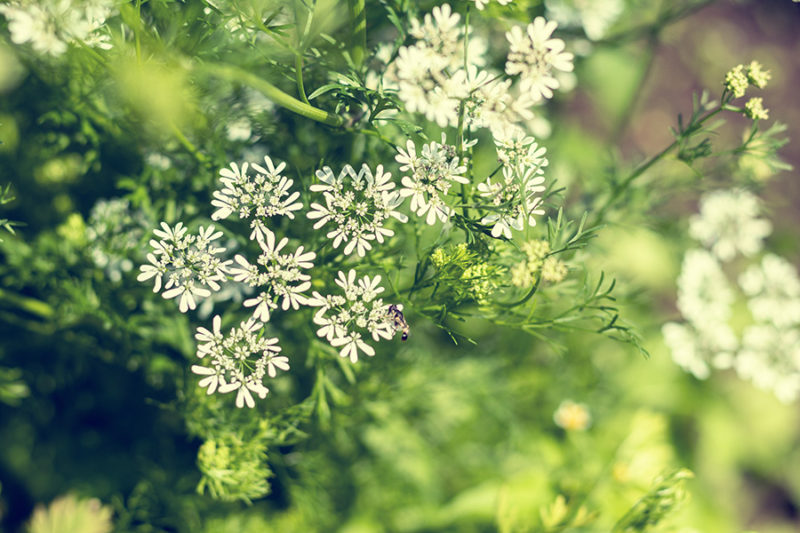
This herb’s pungent licorice flavor is used as a substitute for licorice root to make sweet and savory concoctions. Like parsley, anise is part of the carrot family.
- Zone: 4 to 11
- Sunlight requirements: Grows in the shade or partial shade (does fine in the sun too).
- Tip: Anise is a great companion plant because of its pungent aroma. The herb repels certain pests like aphids.
12. Shisho
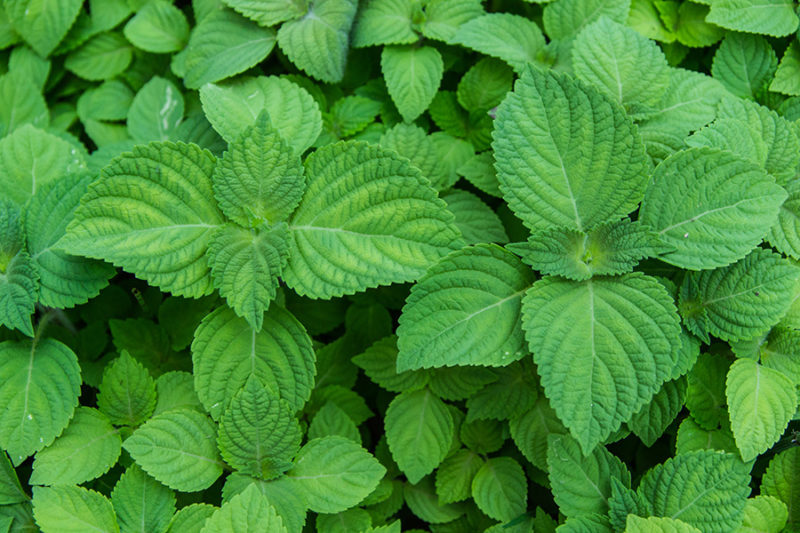
A Japanese herb that shares a family lineage with mint. The herb has a unique flavor profile that tastes like a combination of mint, cumin, and other herbs. It’s an easy plant to grow, but it’s sensitive to the cold.
- Zone: Annual
- Sunlight requirements: Tolerates partial shade.
- Tip: Shiso prefers warm temperatures and well-drained soil. Use a heat-mat when starting shiso seedlings.
13. Sweet Cicely
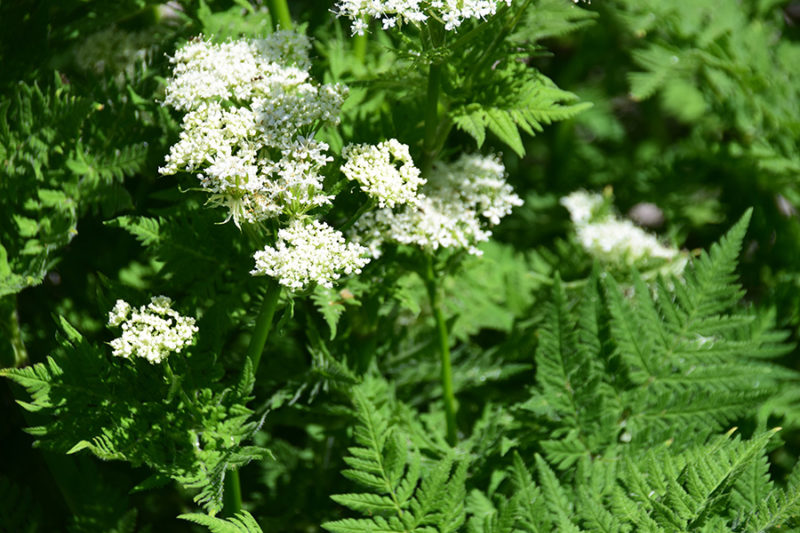
Eat the entirety of this herb plant or use parts of it medicinally. The sweet-tasting foliage of this plant is sometimes used in place of sugar, but the leaves can also be cooked down.
- Zone: 3 to 7
- Sunlight requirements: Grows in the sun or partial shade.
- Tip: Seeds of this herb must be planted in the fall to ensure they are exposed to a period of stratification.
14. Lovage
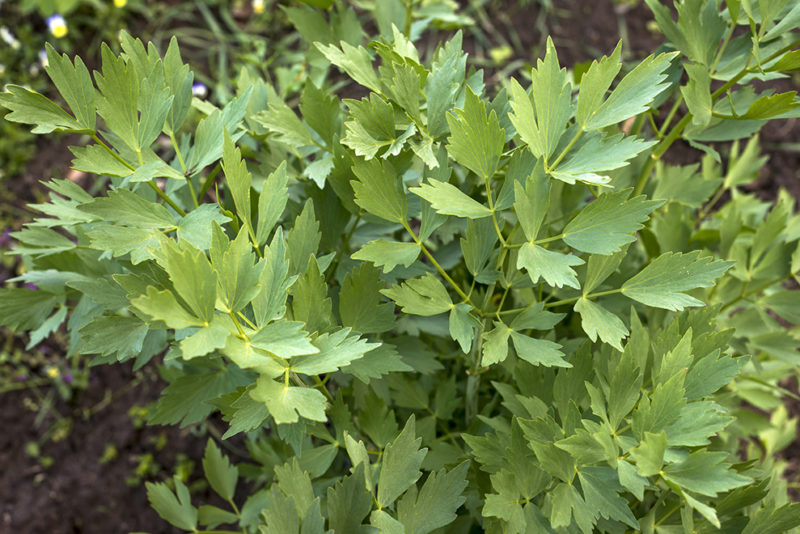
A low-maintenance herb that’s similar in taste to celery. Unlike some other herbs that grow in shade, this plant grows tall and once established requires little attention. It’s also unlikely to encounter any pest issues.
- Zone: 4+
- Sunlight requirements: Tolerates partial shade.
- Tip: Avoid harvesting large quantities and instead cut as needed for fresh use to preserve flavor.
The Bottom Line
Remember that just because a plant is shade-tolerant doesn’t mean it will thrive in an area of your garden that’s dark, damp, and utterly devoid of sun. However, a bit of shade (dappled or otherwise) is not a problem for many herb plants.
Just be sure to manage your expectations when growing in a shady location. Plants will often grow slower than they would in full sunlight, and while you won’t have to contend with problems that come with full sun exposure (high heat and soil drying out), you may have to manage other issues (like excess moisture and fungal diseases).
Once you figure it all out, though, you’ll be glad you did. Herbs that grow in shade can often provide endless flavor to your meals with relatively little trouble.
